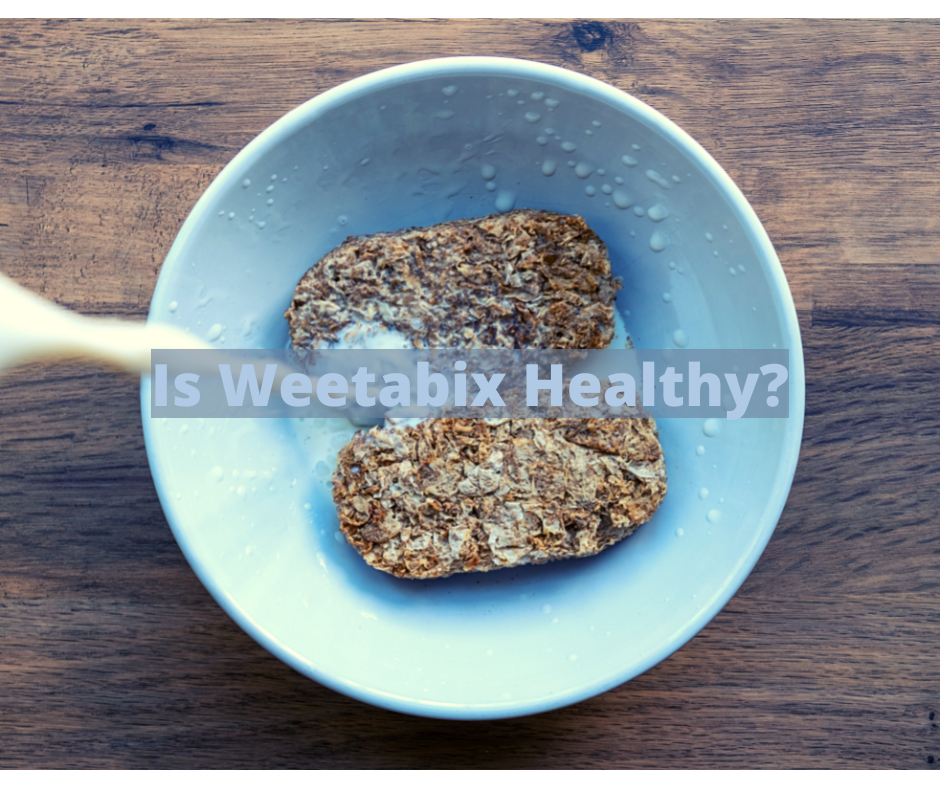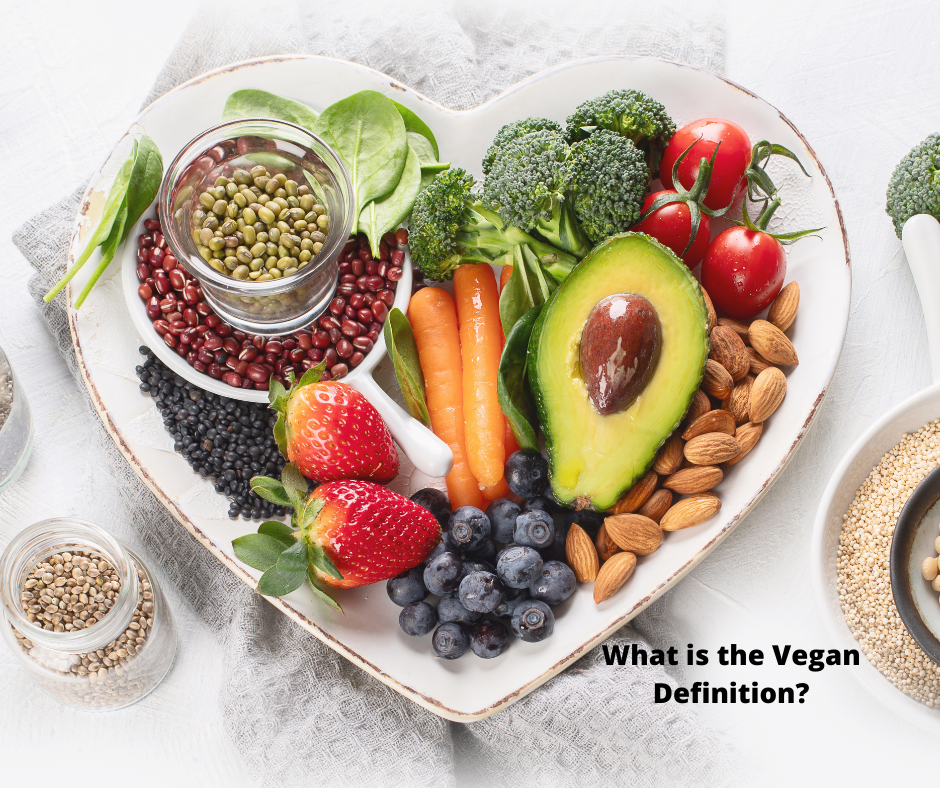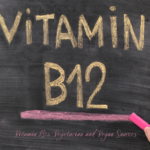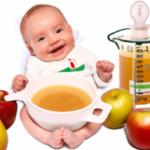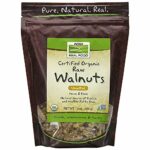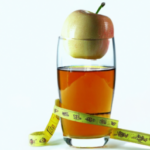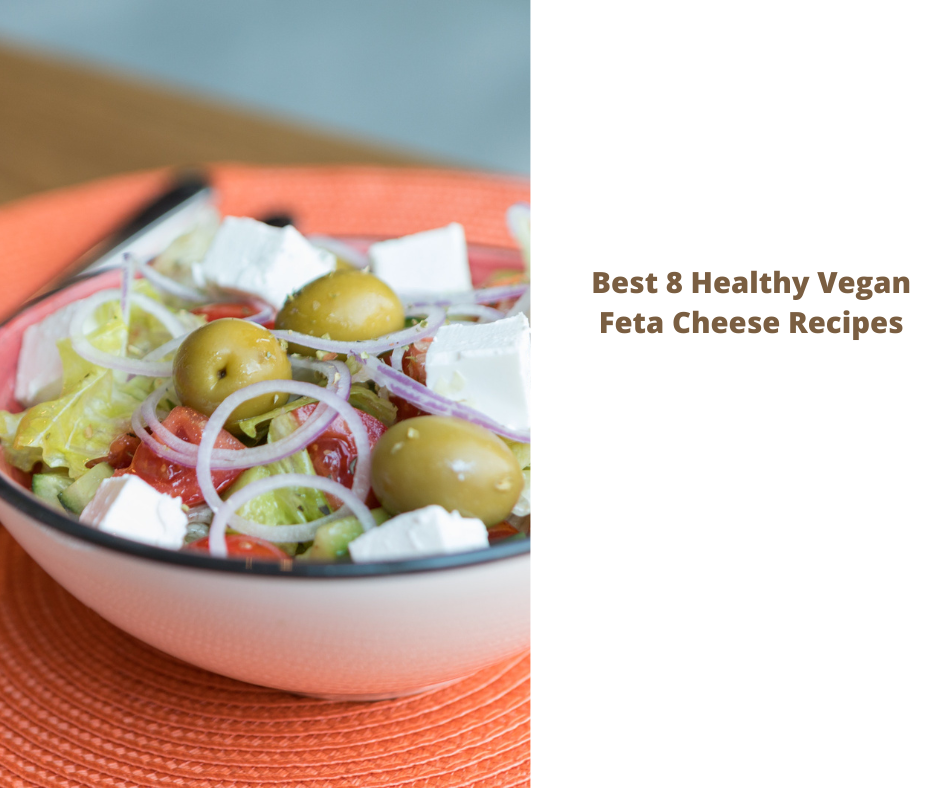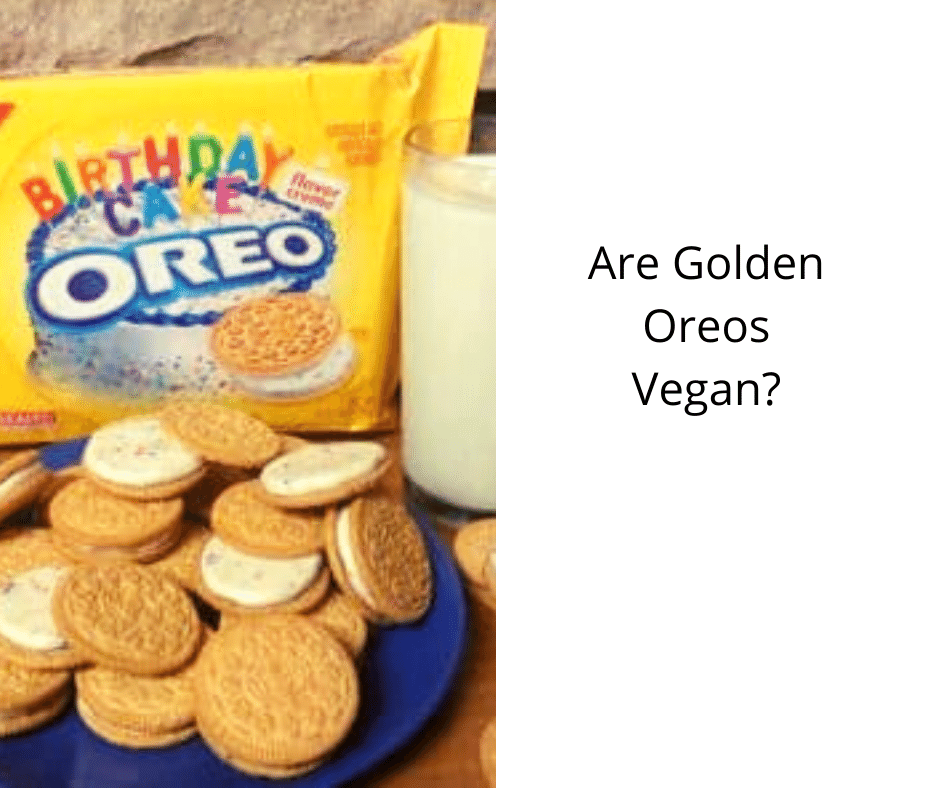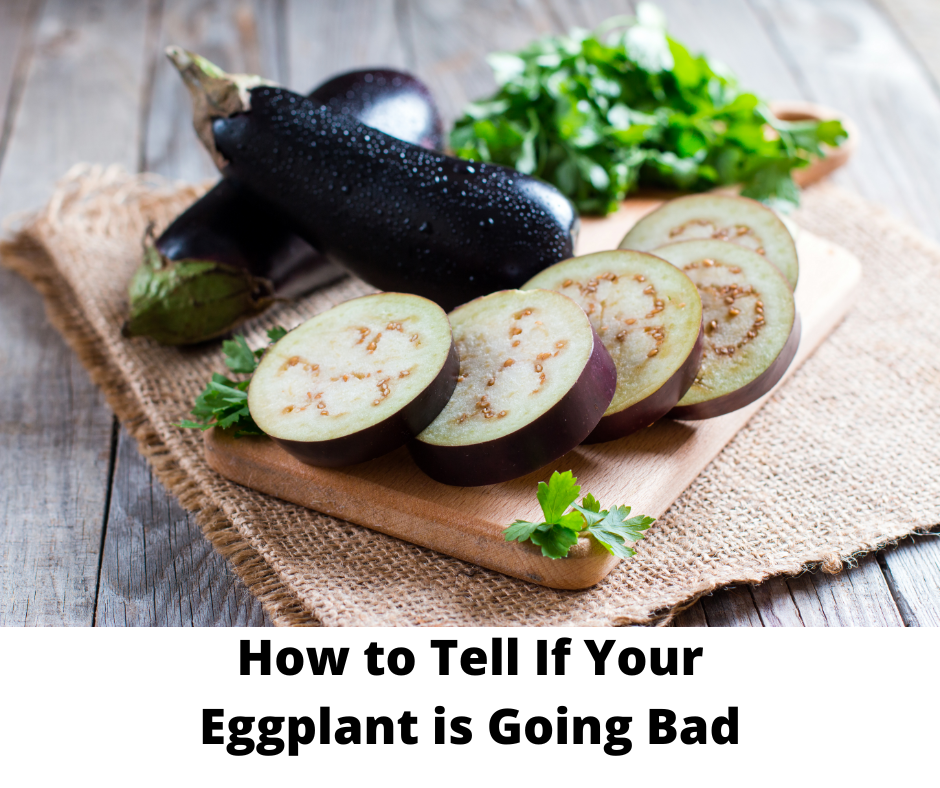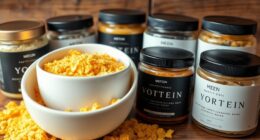I have to admit, my fascination with cereal is quite intense. I’m always eager to try new varieties and flavors. But out of all the options I’ve tried, Weetabix stands out. Originating in Britain, this cereal is unlike any I’ve come across. Its texture is unusual but in an appealing way. Plus, it’s incredibly adaptable – it can be eaten with milk, yogurt, fruit, or nuts, offering endless possibilities. However, it does raise the question: is this seemingly healthy cereal actually good for you?
Weetabix is made from whole wheat, a good fiber source, and other nutrients. It’s also low in sugar and calories and contains no artificial colors or flavors. So from a nutritional standpoint, Weetabix is a good choice. But the real selling point for me is the taste. This cereal has a unique flavor that I can’t get enough of. Plus, it’s versatile – I can eat it for breakfast, lunch, or even a snack. If you’re looking for a healthy cereal that tastes good
Is Weetabix Healthy?
Weetabix cereal has been a year-long addiction for me. I remember the first time I had it; I was hooked immediately. It was during a layover in a Lufthansa launch while waiting for my next flight. Over the years, I spent too much time there and ate an entire box of Weetabix.
Ever since then, I’ve been addicted. The thing I love most about Weetabix is its versatility. You can eat it with milk, yogurt, or even fruit. It’s also a great source of fiber and protein, which keeps me feeling full throughout the morning. Whether at home or on the go, I always have a box of Weetabix on hand. It’s my go-to cereal, and I always crave it. Thanks, Weetabix, for making such an addictive cereal!
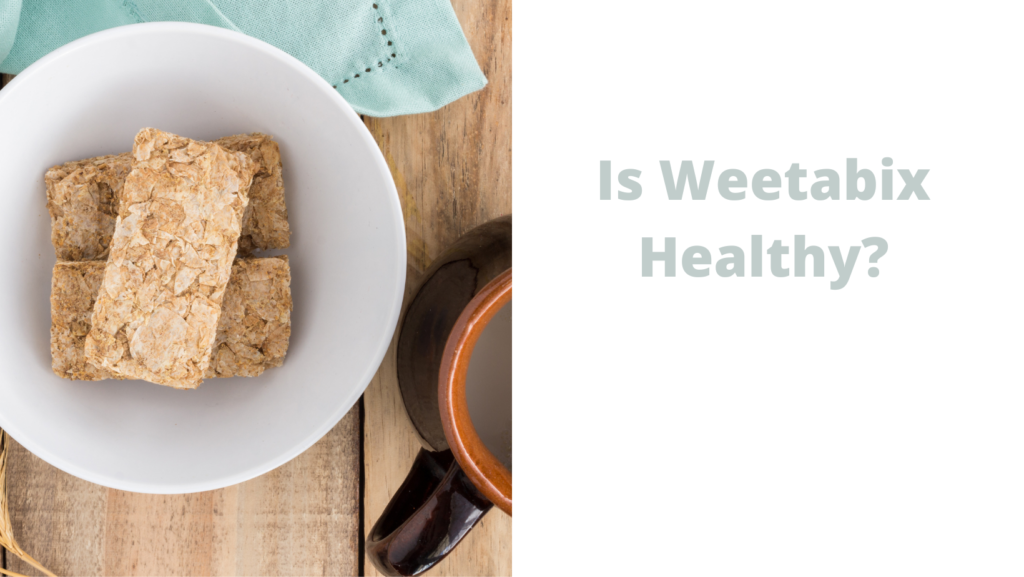
Fiber Is Essential for Our Bodies
Fiber (or Fibre) is essential for our bodies because it helps us digest food. Fiber is an integral part of a healthy diet. It helps promote good digestive health by keeping the digestive system clean and functioning correctly. Fibre also helps to regulate blood sugar and cholesterol levels and can even help prevent some types of cancer. Yet despite all of these benefits, many people do not consume enough fiber each day.
On average, Britons consume around 18g per day. That’s just over half the amount (30g) recommended by nutrition experts. Wholegrain wheat is one of the most effective ways to ensure your family gets all the fiber it needs. Wholegrain wheat contains both soluble and insoluble fibre, which effectively promotes both good digestive health and overall health.
Moreover, whole grain wheat is versatile and can be used in various recipes, from breads and cereals to soups and stews. So make wholegrain wheat a part of your family’s diet today and help them stay healthy for years to come.
What Fiber Means?
Fiber is a carbohydrate that the body cannot break down. Despite the fact that most carbohydrates are broken down into sugar molecules called glucose, fiber does not convert to sugar molecules and instead passes through the human body undigested.
Weetabix is a Breakfast Cereal
Weetabix has been a favorite breakfast cereal in the UK for over 80 years and is now available in the US. I was introduced to it during a long layover at an airport, and I’ve been hooked ever since. The texture is unlike any other cereal I’ve had, and it can be eaten in many ways.
But is this healthy-looking cereal good for you? Weetabix is made from whole wheat, a good fiber source. It’s also low in sugar and calories and contains no artificial colors or flavors. However, some critics say that Weetabix is too high in sodium and is not as nutritious as other breakfast cereals. Overall, though, I think Weetabix is a healthy option worth trying.
What Is Weetabix Made Of?
Weetabix is a type of breakfast cereal made from whole wheat. The wheat is milled into coarse flour, then formed into flakes and baked. Weetabix cereal was first introduced in the UK in 1932 and quickly became a popular breakfast food. Today, Weetabix is sold in more than 80 countries around the world.
The company that produces Weetabix also makes several other breakfast bowls of cereal, including Shredded Wheat and Oatibix. While the ingredients in Weetabix cereal are simple, the manufacturing process is quite complex. The wheat flour is milled and then combined with water to form a dough.
This dough is then cut into flakes and baked at a high temperature. After baking, the flakes are cooled and then packaged for distribution. With its simple ingredients and delicious taste, it’s no wonder that Weetabix cereal has been so popular for so many years.
Is Weetabix Low in Sugar?
Weetabix is low in sugar compared to other breakfast cereals. One serving of Weetabix has 2 grams of sugar, while other popular breakfast cereals such as Frosted Flakes and Lucky Charms have 12 grams and 22 grams of sugar, respectively. This makes Weetabix a healthier option for those looking to limit their sugar intake.
In addition to being low in sugar, Weetabix is also low in calories. One serving of Weetabix has only 90 calories, while one serving of Frosted Flakes has 110 calories. This makes Weetabix a good option for those watching their calorie intake.
Weetabix Is a Good Source of Fiber
Weetabix is a good source of fiber. One serving of Weetabix has 4 grams of fiber, while other popular breakfast cereals such as Frosted Flakes and Lucky Charms have 0 grams and 1 gram of fiber, respectively.
This makes Weetabix a better choice for those looking to increase their fiber intake.
The health benefits of fiber have been well-documented. Fiber has been shown to help with weight loss, lower cholesterol levels, and reduce the risk of heart disease and diabetes.
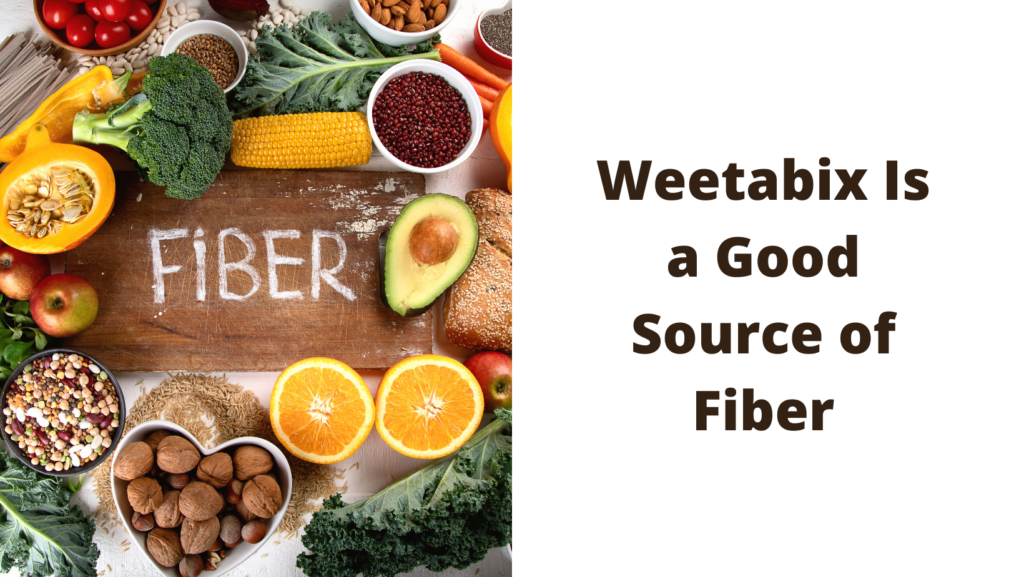
Weetabix Is High in Sodium
Weetabix is also high in sodium. A single serving of Weetabix contains over 200 milligrams of sodium, which is more than 10% of the recommended daily intake for adults. While sodium is necessary for the body to function properly, too much can lead to high blood pressure and other health problems.
For people trying to limit their sodium intake, Weetabix may not be the best choice for breakfast. There are many other cereals that are lower in sodium and just as nutritious.
Is Weetabix Low Glycemic?
Weetabix is a cereal made from whole wheat rolled and pressed into flakes. It is popular breakfast food in the United Kingdom and is also sold in other countries. Weetabix is often claimed to be a low glycemic food, but does it live up to this claim?
The glycemic index (GI) measures how quickly food raises blood sugar levels. foods with a high GI cause a rapid spike in blood sugar, while those with a low GI cause a slower, more gradual increase. Weetabix has an average GI of 43, which falls into the low range. This means it is unlikely to cause a sudden spike in blood sugar levels. However, it is essential to remember that the GI is only one factor to consider when choosing foods. Other factors, such as the number of carbohydrates and fat in a food, can also affect blood sugar levels.
Weetabix is a good choice for people looking for low glycemic food. It is made from whole wheat, a complex carbohydrate that takes longer to digest than simple carbohydrates like sugar. Additionally, it has a relatively low GI, unlikely to cause a sudden spike in blood sugar levels. However, it is essential to remember that the GI is only one factor to consider when choosing foods. Other factors such as the number of carbohydrates and fat in food can also affect blood sugar levels.
Weetabix May Help with Weight Loss
A recent study has found that eating Weetabix for breakfast may help with weight loss. The University of Leeds study found that participants who ate Weetabix for breakfast lost more weight than those who ate other breakfast cereal.
The research team believes that the high fiber content of Weetabix helps to keep people feeling fuller for longer, which may lead to them eating less throughout the day. While the results of this study are promising, more research is needed to confirm the link between Weetabix and weight loss. In the meantime, it may be worth adding a bowl of Weetabix to your morning routine.
Is Weetabix High in Fibre?
Weetabix is high in fiber and protein and is a good source of vitamins and minerals. Weetabix has a low glycemic index, which means it does not cause a spike in blood sugar levels.
Weetabix is also common in fat and sodium. The cereal has various flavors, including original, chocolate, and fruit. Weetabix can be eaten dry or with milk, yogurt, or fruit. The grain can also be used in baking. Weetabix is a healthy breakfast option for people looking for a high-fiber, low-sugar cereal.
Is Weetabix High in Iron?
Weetabix is a popular breakfast cereal made from whole wheat flour and bran. If you’re looking for a grain that’s high in iron, Weetabix is a good option. One serving of Weetabix (two biscuits) contains 6.5 mg of iron, which is 36% of the daily recommended intake for adults.
The high iron content in Weetabix comes from whole wheat flour and bran. Both of these ingredients are rich in nutrients, including iron. In addition to being high in iron, Weetabix is also a good source of fiber and protein. So, if you’re looking for a nutritious breakfast cereal, Weetabix is a great option.
Is Weetabix an Ultra Processed Food?
Some health experts have raised concerns about the cereal’s sodium content and its effects on blood pressure. Weetabix is also classified as ultra-processed food containing high levels of added sugars, fats, and salt.
While ultra-processed foods can be part of a healthy diet, they should be consumed in moderation. If you’re concerned about sodium intake, talk to your doctor or nutritionist about whether Weetabix suits you.
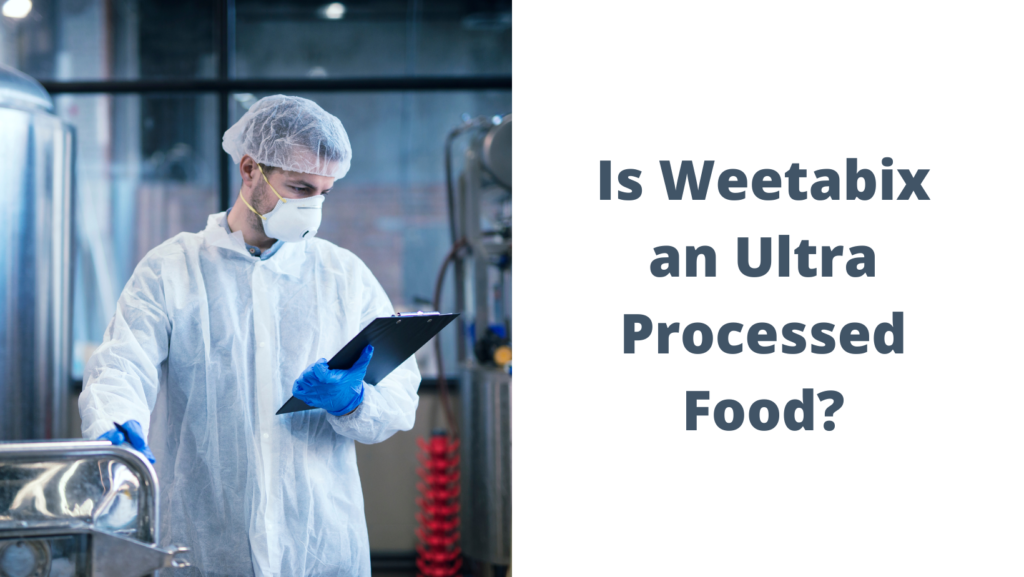
Is It Ok to Eat Weetabix Every Day?
Weetabix is high in fiber and low in sugar, making it a healthy option for breakfast. However, some worry that eating Weetabix every day might harm their health. While it is true that overeating any food can be unhealthy, there is no evidence that eating Weetabix every day is terrible for you.
Some studies have shown that eating Weetabix can help to improve your health. One study found that eating Weetabix regularly can help to lower blood pressure and cholesterol levels. Another study found that people who eat Weetabix are less likely to be obese than those who don’t eat cereal. So if you’re looking for a healthy breakfast option, Weetabix is a great choice.
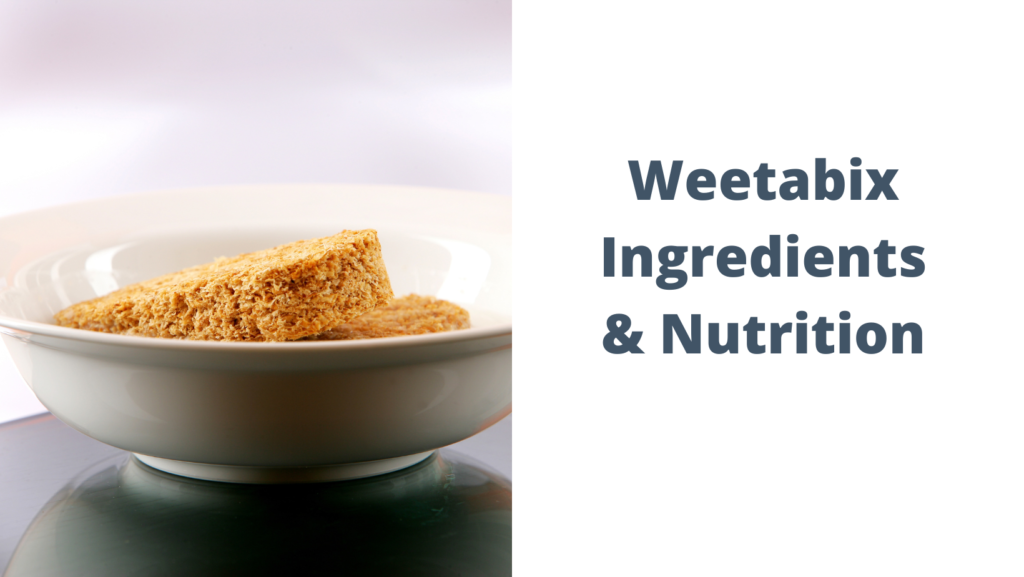
Is Weetabix Vegan?
Weetabix is high in fiber and low in sugar and is often eaten with milk or yogurt. However, some vegans may avoid Weetabix because it contains vitamin D3 derived from animals. Vegans can obtain vitamin D3 from fortified foods or supplements, but they may prefer to avoid Weetabix if they are looking for a completely animal-free diet. Nevertheless, Weetabix is a nutritious cereal that can be enjoyed by both vegans and non-vegans alike.
Weetabix Ingredients & Nutrition
The Weetabix Original Ingredients and Nutrition
Weetabix Original Nutrition
| Nutrition | Per 100g | Per Serving (2 biscuits, 37.5g) | %RI* per 100g |
|---|---|---|---|
| Energy | 1531 kJ / 362 kcal | 574 kJ / 136 kcal | |
| Fat | 2.0g | 0.8g | |
| of which saturates | 0.6g | 0.2g | |
| Carbohydrates | 69g | 26g | |
| of which sugars | 4.4g | 1.7g | |
| Fibre | 10g | 3.8g | |
| Protein | 12g | 4.5g | |
| Salt | 0.28g | 0.1g | |
| Thiamin (B1) | 0.94mg | 0.35mg | 85 |
| Riboflavin (B2) | 1.2mg | 0.45mg | 86 |
| Niacin | 14mg | 5.3mg | 88 |
| Folic Acid | 170µg | 64µg | 85 |
| Iron | 12mg | 4.5mg | 86 |
Weetabix Original Ingredients
Wholegrain Wheat (95%), Malted Barley Extract, Sugar, Salt, Niacin, Iron, Riboflavin (B2), Thiamin (B1), Folic Acid.
Riboflavin, Niacin, Folic Acid & Iron can contribute to lowering weariness and exhaustion as part of a healthy diet and lifestyle.
Ilana has been a vegan for over 10 years. She originally made the switch for health reasons, but soon found herself becoming more and more passionate about the ethical and environmental implications of a vegan lifestyle. Ilana is the author of The Graceful Kitchen, a blog all about veganism. She loves to cook up delicious and nutritious vegan meals, and share her recipes with others who are interested in leading a cruelty-free life. Ilana is also a strong advocate for using whole foods as the foundation of a healthy diet, and believes that going vegan is one of the best ways to achieve this.
